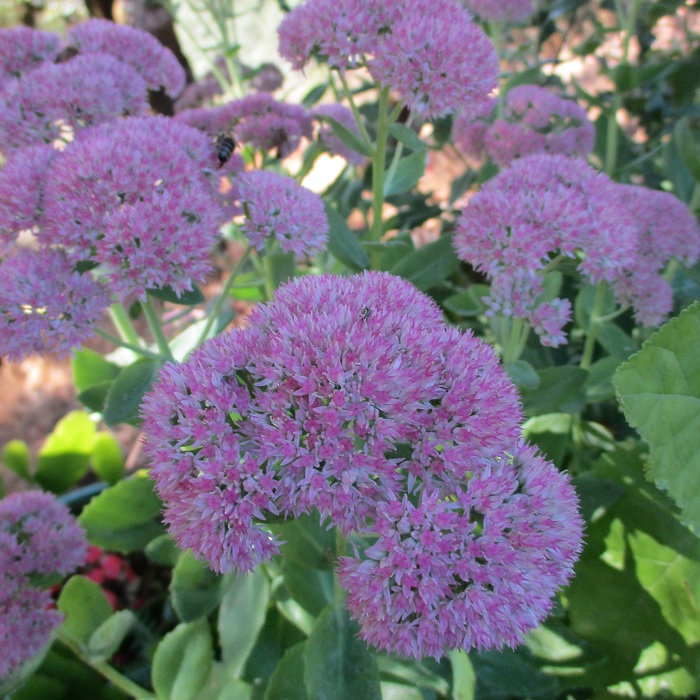UNITED STATES—Twice a year, it becomes necessary to discuss the unpleasantries of pulling up the flowering annuals (as well as vegetable plants) of one season, to relinquish space for those of the next season. Just a few months ago, cool season annuals got replaced with warm season annuals. Now, those same warm season annuals will get replaced with cool season annuals for the next few months.
It is unpleasant because the outgoing annuals are probably still blooming when it is time for them to go. It might be easier to wait for cool season annuals to get roasted by hot weather, or for warm season annuals to get frosted. Unfortunately, by that time, the incoming annuals would be at a disadvantage. Hot or cold weather is also uncomfortable for plants that are not yet established.
Sure, warm season annuals like warmth, but only after they have sufficiently dispersed their roots to sustain their growth during warm weather. This is most efficiently accomplished while the weather is still mild earlier within their season. Cool season annuals likewise do not mind cool weather, but do not grow as well as they do during the warmer weather earlier within their season.
This is why it is better to plant pansy, viola, sweet William, Iceland poppy, stock, calendula and the various primroses earlier rather than later if possible. There is no exact science here. A forecast for warm weather certainly justifies delay. Cyclamen and ornamental cabbage and kale are a bit more sensitive to warmth, so could wait a bit longer. They grow well through cold weather anyway.
Chrysanthemum, alyssum and nasturtium are odd ones. Chrysanthemum, although perennial, is most often planted as a short term autumn annual while it is already blooming or is just about to bloom. It rarely gets a second chance if it finishes bloom before winter. Alyssum and nasturtium can be both warm and cool season annuals. They only gets replanted this time of year because individual plants perform through one season or the other, but probably not both. Nasturtium should be grown from seed.
Highlight: showy stonecrop
They sure took their time getting this far along. The bluish green succulent foliage of showy stonecrop, Hylotelephium spectabile, (formerly Sedum spectabile) first appeared at ground level in early spring, and has been growing into rounded mounds so slowly that it now stands less than three feet high and wide. Smaller types are half as big. Blooms are only now beginning to turn color.
Broad and flat-topped floral trusses of minute flowers are almost always some sort of pink. Sometimes, they are almost terracotta red. Sometimes, they are somewhat peachy. They might even be blushed with a bit of lavender. ‘Stardust’ blooms white. The biggest blooms can be as wide as five inches. If not pruned away as they fade, the blooms (according to some) dry nicely by winter.
New growth starts to appear from the ground almost as soon as old stems die in late winter. Established clumps can be divided in spring every few years. Even small plants can spare a few small pups that will grow into new plants. Stems might get taller in partial shade, but might also need to be staked as they bloom. Bees really flock to the flowers because not much else blooms so late.





